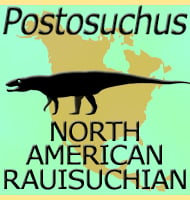Langstonia
In Depth The holotype fossils of Langstonia were first recovered from Colombia in 1945, but they were not described until twenty years later when Wann Langston Jr. described them as a species of the genus Sebecus. For almost fifty years afterward various other fossils were tentatively placed with them and moved about until finally in … Read more
